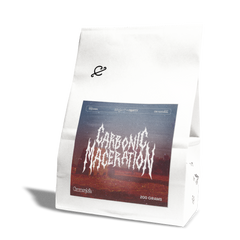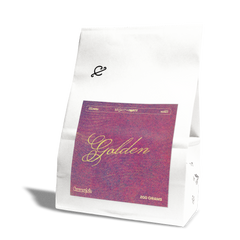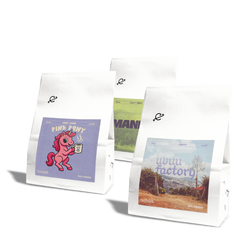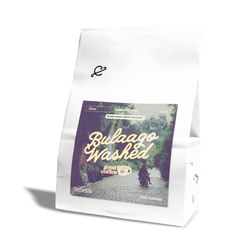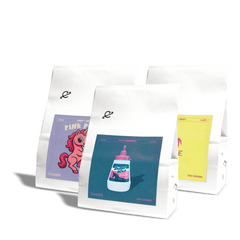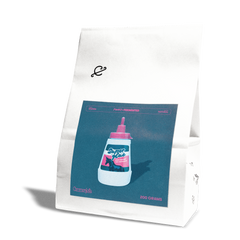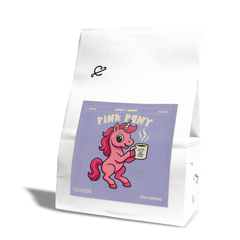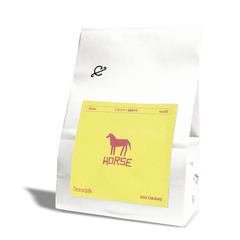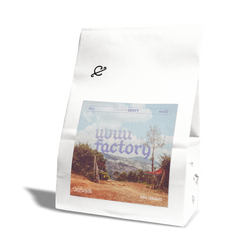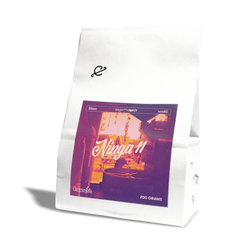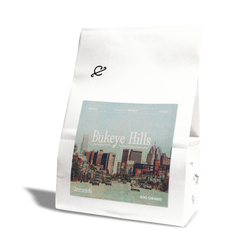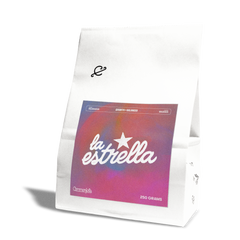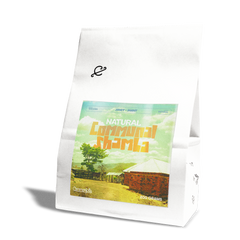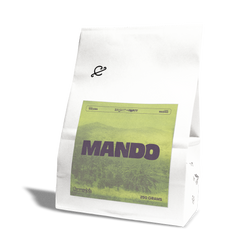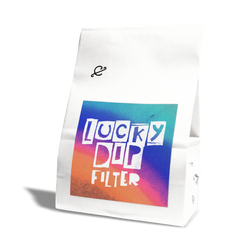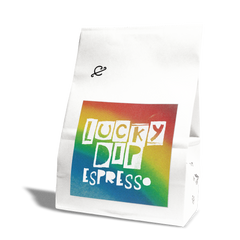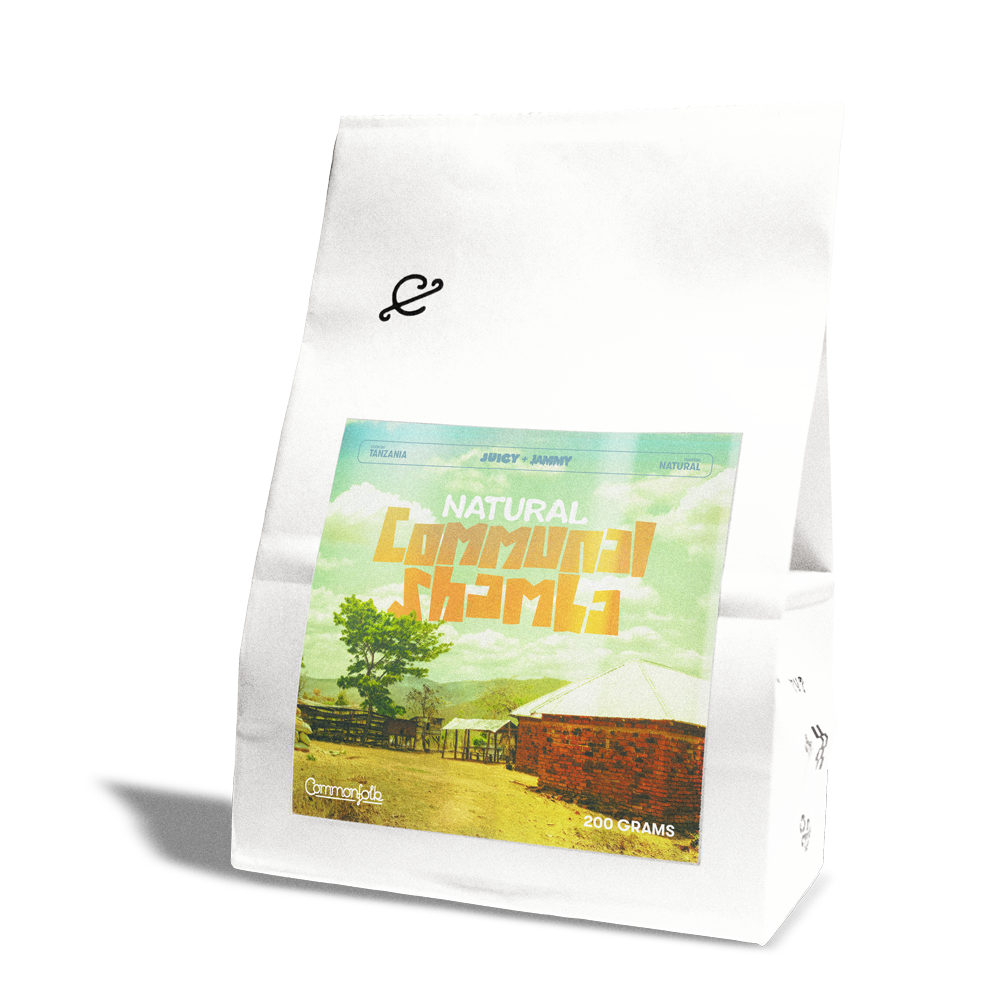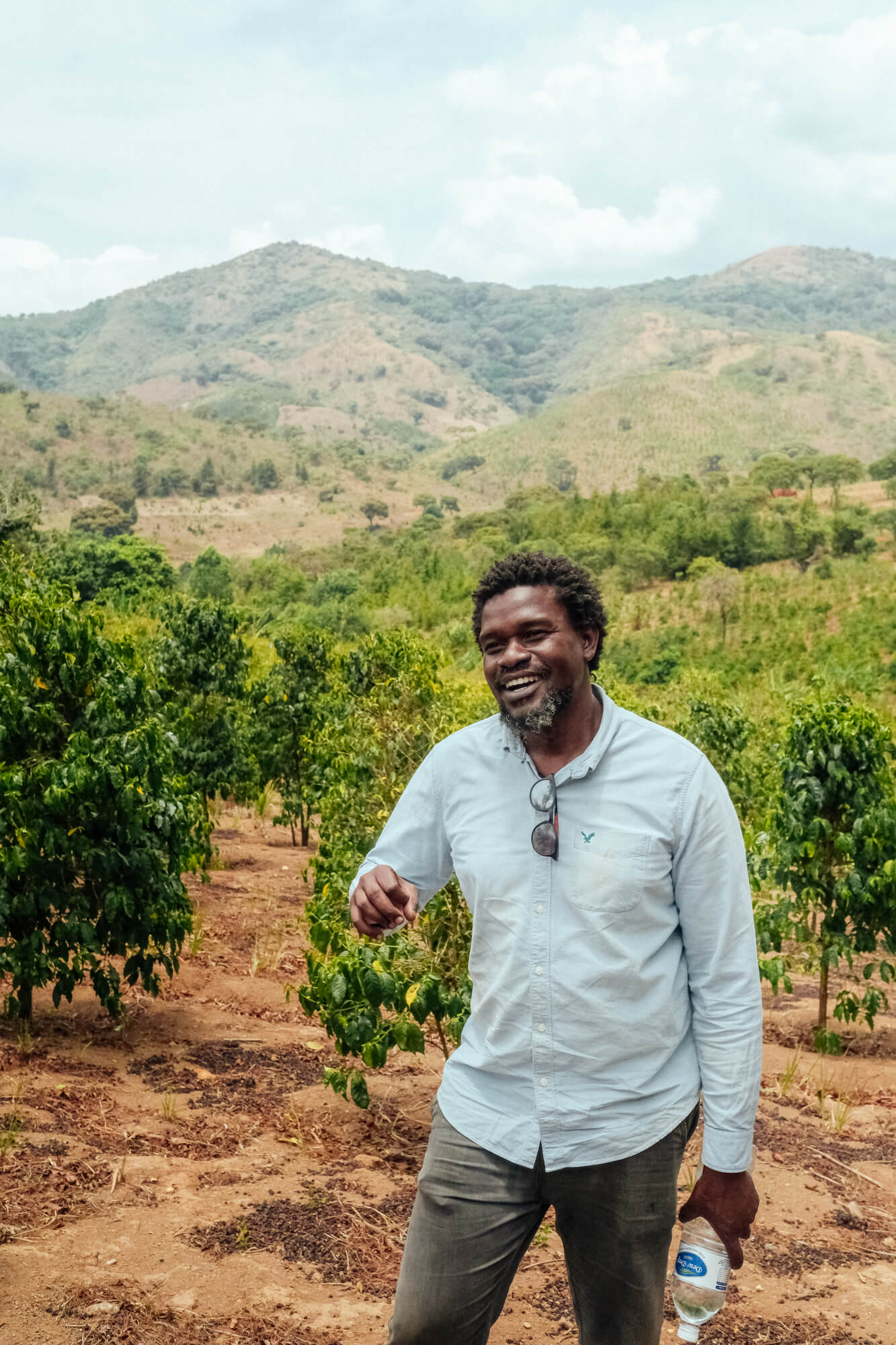Last year I was lucky enough to visit Keremba and his two (as yet unnamed) farms in southern Tanzania. If you’ve got any great ideas for names, I’m more than happy to pass them on — but for now, we’re calling them “Little” and “Big”.
We started at Little, the more established of the two. It recently had a CPU upgrade with concrete fermentation tanks and channels to collect and recycle the water used in processing. This farm is a brilliant example of what’s possible with smart tree spacing, shade trees that complement rather than compete with the coffee, and a layout that shows real attention to long-term health and productivity. It’s producing excellent coffee, but not quite enough volume to match Keremba’s ambitions. A short drive later, we arrived at Big. As the name suggests, it’s four times the size and was purchased a few years later. The trees here are still young and not yet producing much, but give it a few years and it’ll be a serious player. This is also where Keremba is experimenting with a more holistic farming system with cows and chickens roaming the land, piles of mud bricks made from the farm’s own soil, and big plans to create a self-sustaining coffee ecosystem. The goal is to generate powerful natural fertiliser using animal waste and green matter, outperforming anything that could be bought off the shelf. This release features the natural process. Ripe cherry is floated, then laid straight onto raised African beds to dry. The coffee is turned regularly and carefully sorted throughout, with imperfect cherries removed by hand. It takes about three weeks to dry before heading to the mill. In the cup, we’re tasting sweet mead, buttery apricot danish, and a pleasant dark chocolate bitterness. We absolutely love this coffee and we’re stoked to be sharing a part of Keremba’s journey with you.
Did you know 20c from every kilogram of coffee roasted and every cup sold goes to The Cup That Counts.
 Cart
Cart
